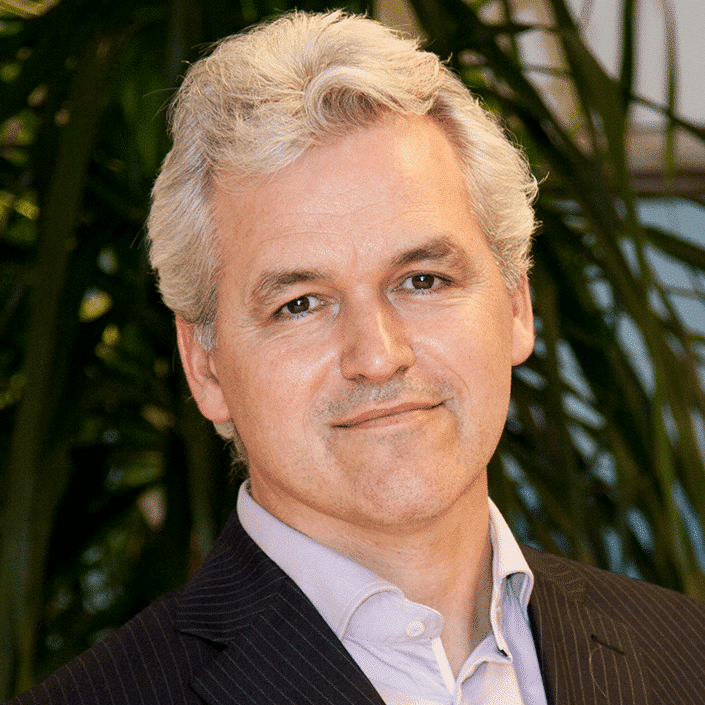ROUNDMAP™ Integrated Customer Lifecycle differs from the traditional sales cycle – which focuses on achieving customer satisfaction – because we believe customers won’t refer or return simply because you’ve satisfied their needs.
A customer’s desire to buy a product or service (AIDA: Attention, Interest, Desire, and Action) is mostly about the emotional, social, physical, or mental reward that is perceived to be attached to that particular brand, product, or service.
Therefore, if you want customers to become loyal to your brand, you’ll need them to get a perception of future value, i.e., of future rewards. This will inspire them to extend the relationship beyond the initial purchase and remain engaged with the brand ─ provided you’ll notice them too.
For instance, if your previous stay at a hotel was most satisfying this doesn’t imply that you’re likely to return. However, if the hotel manages to convince you of an even better experience in the future, you’re far more likely to remain engaged beyond the initial experience even if you’re the person to never return to the same location ─ instead you’re most likely to recommend this fine hotel to friends and family.
Some vendors, like Apple, Sodastream, and Nespresso, prefer to create (non-intrinsic) customer lock-ins, or vendor lock-ins, which makes a customer dependent on a vendor for products or services, unable to use another vendor without substantial switching costs. That could still work, for as long as customers perceive the product, service, or brand as significant to them. However, if these vendors fail to deliver on their promise, their lock-in strategy could very well turn their customers against them. So be careful with lock-in strategies.
The question to take away from this is: What perception of future value do (we need to) offer to our customers after their initial purchase?
Integrated Customer Lifecycle
We’ve plotted the Integrated Customer Lifecycle on a timeline (image below) to point to the crucial fourth department (red): Customer Success.
What makes customers return or refer (Prefer) is what makes your product, service, or brand Significant (8) to them, indicating future value and future rewards. To illustrate this, you’ll notice that Significance infuses Attraction, which drives the next sales cycle.
Customer Success
Since 2014 we have witnessed the rapid rise of Customer Success practices, in particular in resource-centric and network-centric companies (as-a-service providers), to help customers achieve their objectives sooner rather than later. However, we believe Customer Success practices should be implemented throughout most if not every industry.
Click here for a PDF of the image below:
Author
-
Edwin Korver is a polymath celebrated for his mastery of systems thinking and integral philosophy, particularly in intricate business transformations. His company, CROSS-SILO, embodies his unwavering belief in the interdependence of stakeholders and the pivotal role of value creation in fostering growth, complemented by the power of storytelling to convey that value. Edwin pioneered the RoundMap®, an all-encompassing business framework. He envisions a future where business harmonizes profit with compassion, common sense, and EQuitability, a vision he explores further in his forthcoming book, "Leading from the Whole."


